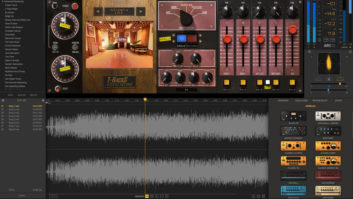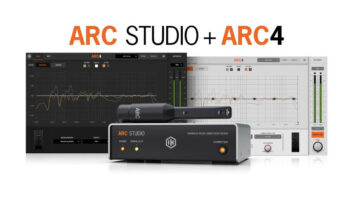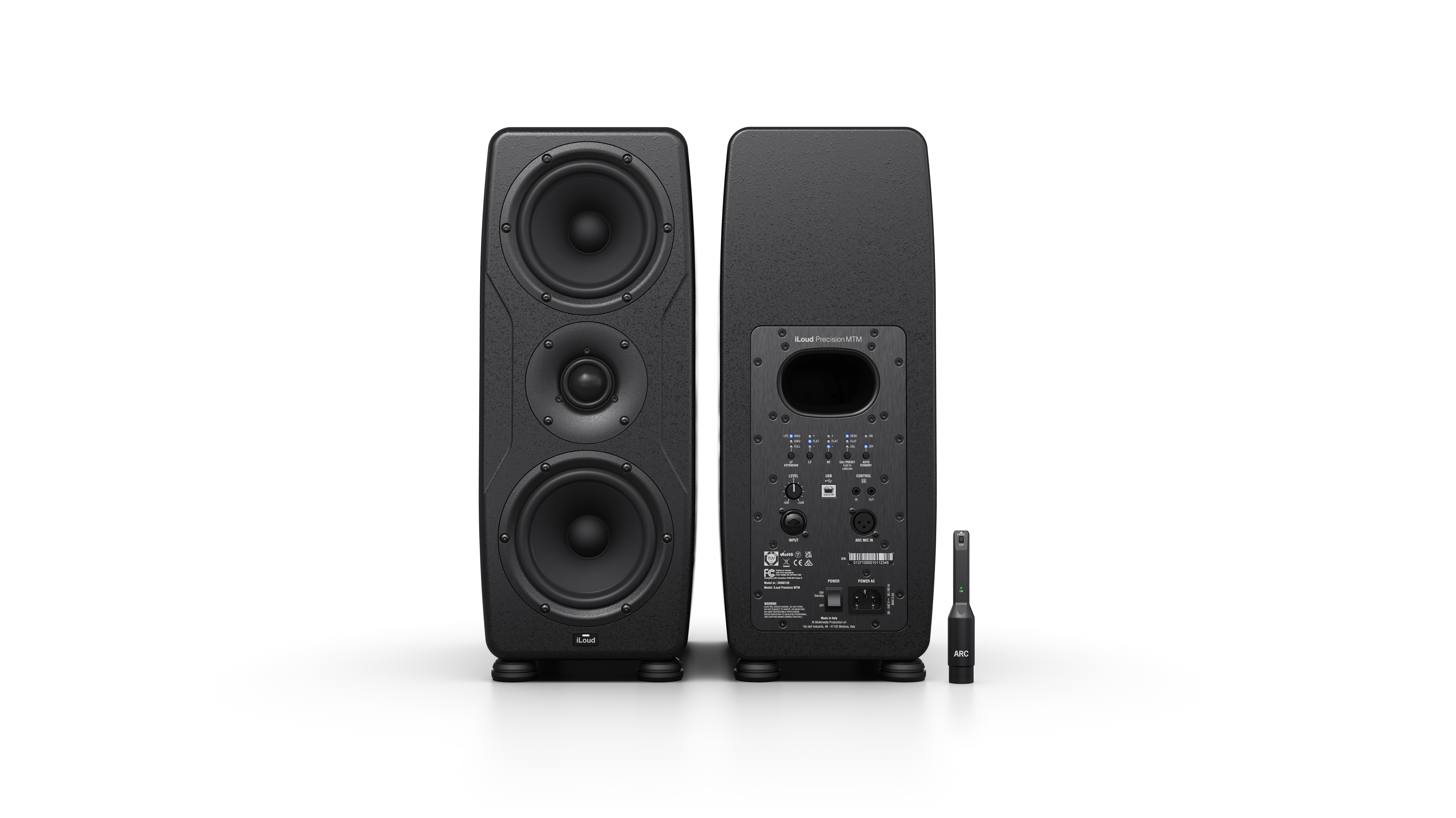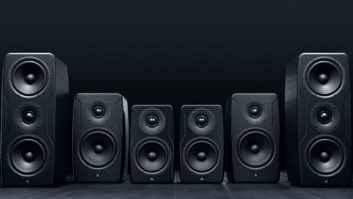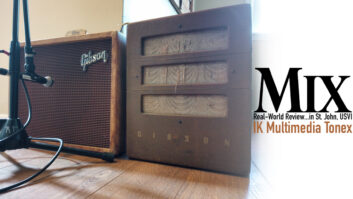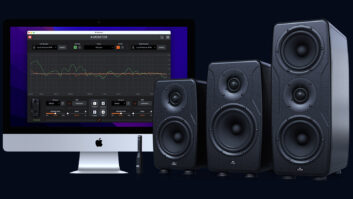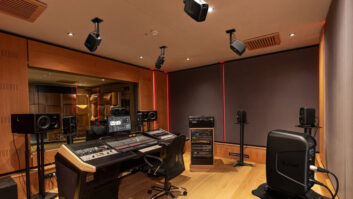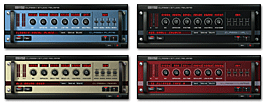
From Modena, Italy, comes IK Multimedia’s Classik Studio Reverb, or CSR plug-in bundle. This is a solid collection of four reverbs that every music mixer, sound designer and film sound effects creator should own. The four plug-ins are Plate, Room, Hall and Inverse. Sold for $399 MSRP in VST, Audio Units and RTAS versions for both Mac OS X and Windows XP platforms, the product authorizes using a supplied Syncrosoft USB dongle.
SMOKIN’ INTERFACE
The Easy mode offers six virtual knobs to adjust the parameters of each of the four reverbs. For example, the Plate reverb has control knobs for mix, diffusion, reverb time and low time; high dampening changes the decay time in the high frequencies; and high frequency changes the frequency of high dampening. As you instantiate any of the four reverbs, these six parameter knobs will change function to accommodate each reverb type and, for about 80 percent of the time, that’s as far down as you’ll have to drill to arrive at a proper reverb to fit your mix. However, when you select Advance, the whole ball game changes.
Advance uncovers up to eight submenu buttons, including macro and mod buttons (more on these later) on CSR’s virtual front panel. The five common submenu categories/buttons are I/O, Time, Reverb, Color and Reflections.
I/O sets up the wet/dry mix, I/O levels and phase coherency using the Image control. Stereo image control is one of the best things about this plug-in and sets the plug apart from others when used creatively. The Time section controls pre-delays and everything about the reverb’s length in the low and high frequencies. Reverb is about the size, diffusion, build-up, dispersion and modulation of the reverb’s tail, while Color controls EQ. The Reflections menu has controls for the early reflections.
Clicking on any of these buttons changes the same six virtual knobs used in Easy mode to a new set of parameters for each of the five submenu categories. The Plate reverb has an additional Echo submenu for feeding up to 500 ms of echo delay into either the left or right reverb channels.
MOD AND MACROS EXPLAINED
Mod uses a reverb modulation matrix or grid to modulate any eight of the available 19 parameters. There are four modulation sources: two LFOs (with square, sine, triangle, sawtooth or noise waves) and two envelope generators with adjustable attack and release time, trigger input selection, and gain or sensitivity. The Mod grid lets you select the modulation source, be it LFO or envelope; the destination or the parameter to be modulated; the minimum and maximum range of modulation (a kind of depth control); and Curve, or the modulation’s evolution over time with linear, logarithmic and exponential choices.
For sound design, Mod worked well for tailoring a reverb to react dynamically to sources; these are treatments whose finished sound relies predominately on the reverb. In film sound effects, this might be a horrific scream or a huge explosion reverb. I could change the reverb’s length depending on the level sent to it using the envelope generator or vary the reverb’s output level using the LFO at a 3Hz sine wave rate.
Macros are four faders you can individually map to adjust several parameters at the same time. The Macro matrix is identical to Mod, and because the four Macro sliders and 29 other parameters of the plug-in are automatable, there is a lot of potential here.
CREATING AMBIENCE
I tested the RTAS version of CSR using Pro Tools HD 3 Accel (Mac OS 10.4.6 and Pro Tools 7.1cs6) and the VST version in Steinberg Nuendo 3.3 running in a PC Win/XP Dual-Core system. After a trouble-free install in both rigs, Classik Studio Reverb worked well in every mix I tried. There were a couple of bugs I found only in Pro Tools: I could get echoes only on the right side in the Plate Advanced Echo settings, and changing Mod destinations from low-cut frequency to low-cut gain (or vice versa) would crash my Pro Tools session. IK says an update will fix these issues.
I liked Plate set short for vocals and some percussion, and the Room was realistic for drums and strings. The Hall reverb worked well for very long reverbs; it’s smooth and luscious — the best of the four for its convincing spatial quality. Hall is great for legato strings, choirs or film/TV effects.
Inverse is the “big hair” ’80s effect, where the buildup is fully adjustable, unlike some of the original reverb boxes “back in the day.” Inverse used in tiny amounts can fatten snare drums and percussion, and certain vocals sounded better with a pinch of this very distinctive effect.
IS IT A CLASSIK?
With 90 presets you can recall, modify and save, Classik Studio Reverb is a good collection of tools destined to become standard equipment for anybody starting a music mix or new sound design. Having access to four separate plug-ins — each with its own Easy controls and deep Advance parameters — is a great way to organize and manage the complexities of reverb design with a determined exactitude. Get a free trial at www.classikstudioreverb.com.
IK Multimedia, 954/846-9101, www.ikmultimedia.com.
